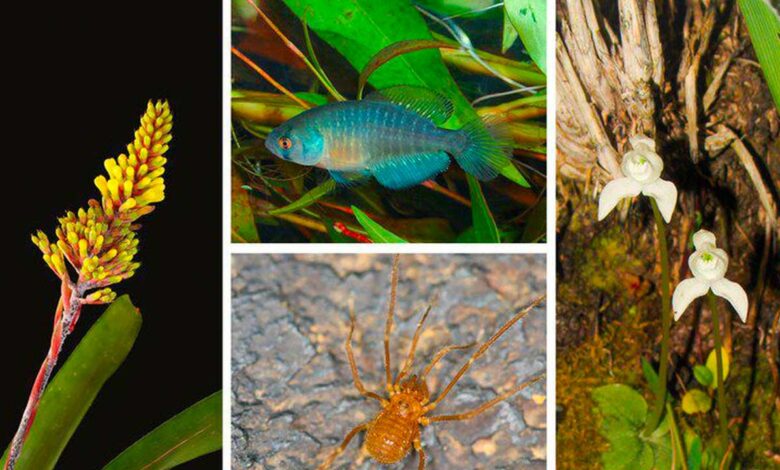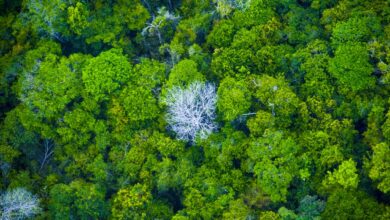
Species conservation areas total 62 million hectares in the country
Dimension is six times larger than foreseen in the initial project
The areas for conservation of endangered species will total 62 million hectares in 2022. The number is more than six times higher than the initial projection of the National Strategy for the Conservation of Endangered Species (ProSpecies), of the Ministry of Environment (MMA).
At the program’s launch in 2018, the project forecasted action on 9 million hectares. According to the ministry, the expansion of the area was possible thanks to the completion of 11 Territorial Action Plans for the Conservation of Endangered Species (PAT), which detailed the limits of each of the 24 territories contemplated in the initiative.
According to the MMA, the goal of assessing the conservation status of species was also exceeded. Initially, the ministry planned to evaluate 7 thousand species of fauna and flora. By June this year, 8,761 species had been analyzed, of which 5,511 were fauna and 3,250 flora.
The new calculation – of the conservation areas and the status of the species – was made with the help of geoprocessing software and took into consideration each PAT. The work also included field expeditions, which gave priority to the species considered to be critically endangered and focused on those that have no conservation strategy. In this case, there are 173 species, 43% of fauna and 47% of flora.
Popular participation
According to the MMA, the documents with the species conservation strategies are being built in a participatory way, considering the socio-economic aspects of the region and the habitat of animals and plants.
Researchers identify the target species defined by the project to map and subsidize research, evaluate the status of their existence and the conservation actions. This is the starting point for reducing the risk of extinction and ensuring the survival of the species.
The plans also identify the main pressure movements in each of the territories to build more effective actions that promote the engagement of the whole society.
For next year, ProSpecies intends to improve the implementation of control and awareness actions in the fight against crimes against fauna and flora. The program also seeks to consolidate the measures established in the National Strategy for Exotic Invasive Species (NEEI), to reduce the impact of these species on biological diversity and ecosystem services.
Priorities
The choice of the areas included in Pró-Espécies took into consideration factors such as the presence of critically endangered, endangered or vulnerable species and their location by watershed. Priority was given to territories that had no conservation instruments or action plans.
Launched in May 2018, Pro-Species fosters prevention, conservation, management, and management actions that can minimize threats and the risk of extinction of species, especially 290 critically endangered species, which did not have public conservation policies.
The project prioritizes the integration of the Union and the states in the implementation of public policies and initiatives that seek to reduce threats and improve the conservation of target species. According to the Ministry of the Environment, the initiative was structured to combat the main causes of extinction: habitat loss, illegal logging, and invasive alien species.
With information from Agência Brasil







